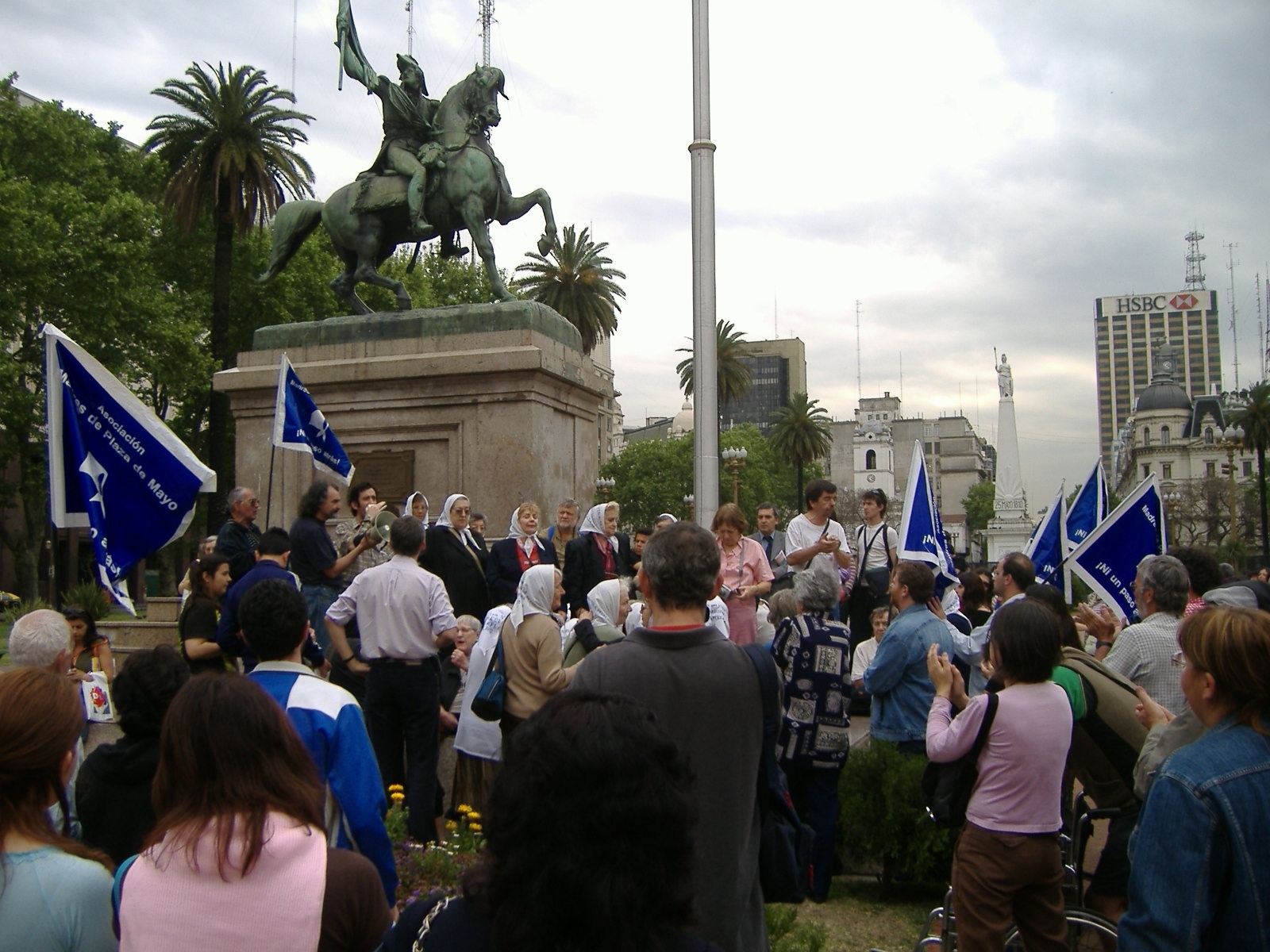The long-standing battle for women’s rights and improved conditions has given shape to a whole spectrum of collective initiatives, movements and resistance from one generation to another.
In the myriad of activist efforts, one has set itself to expose and confront the corporeality of the female subjugatio. From women’s reproductive rights, to body image, to physical abuses, a string of contemporary feminists are centering their work around the notion of female embodiment to challenge social constructs and condemn the asymmetrical power relations that such constructs root in our societies. Three incredible stories of activists around the world will guide us through the intrinsic and colossal task of changing social precepts and reclaiming the female body, once it for all.
“Poner el Cuerpo:” a call for women’s resistance in Argentina
Argentine local activists have been unifying their acts of resistance through the expression “Poner el Cuerpo” which can be translated as “to put the body on the line (Sutton, 2007). The term is inclusively powerful. It transcends social class or race to reflect ways in which women physically resist, withstand hardship, and transform oppressive social situations. The expression is well illustrated by the Mothers of the Plaza de Mayo, a group of Argentine mothers who campaigned for decades to get answers from the government on the « disappearance » of their children during Argentina’s brutal dictatorship between 1976 to 1983.
Beginning in the late 1970s, with a starting group of 14 women, the Mothers marched peacefully for justice at the Plaza de Mayo, in Buenos Aires. Wearing white carves, they marched chanting and branding placards with pictures of their missing children (Curry, 2017). Thousands of women followed their steps in the following years. In December 2004, nine Mothers of the Plaza de Mayo went on a hunger strike to request the release of political prisoners jailed during the crisis. The act was considered by the strikers as an embodiment of their pain and suffering. In an interview with the sociologist Barbara Sutton, Hebe de Bonafini, one of the Mothers on hunger strike, explained that for women between 75 to 93 years old, the body is the only thing they have to Poner, and as long as they breathe, they will continue de Poner el Cuerpo until justice is served (Sutton, 2007).
Citation :
Curry, Richard K. “The First Few Minutes of Spanish Language Films: Early Cues Reveal the Essence.” McFarland & Company Inc., North Carolina 2017.
Sutton, Barbara. “Poner El Cuerpo: Women’s Embodiment and Political Resistance in Argentina.” Latin American Politics and Society, vol. 49, no. 3, 2007, pp. 129–162. JSTOR, www.jstor.org/stable/30130813
Sutton, Barbara. “Bodies in Crisis: Culture, Violence, and Women’s Resistance in Neoliberal Argentina.” Rutgers University Press, New Brunswick; New Jersey; London 2010, pp. 161–190. JSTOR, www.jstor.org/stable/j.ctt5hhzms.9.
Photo par Georgez — Travail personnel, CC BY 3.0, https://commons.wikimedia.org/w/index.php?curid=5985231http://

